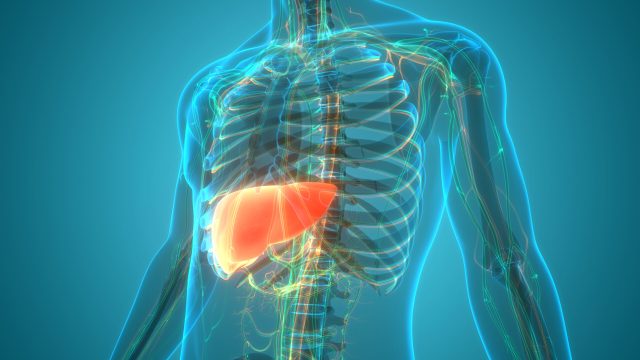Course Summary
Ammonia is a normal metabolic byproduct that can become toxic when the serum ammonia level becomes abnormally high. Hyperammonemia is an acquired or congenital disorder that can lead to neurologic complications ranging in severity from mild and reversible to severe and permanent.Liver cirrhosis is a frequent cause of acquired hyperammonemia, and it can result from medications like valproic acid.Congenital hyperammonemia, like urea cycle disorder, is rare. The cause of hyperammonemia is not always known. Irreversible neurological damage and death can result due to cerebral edema and glutamine synthetase activity, and it affects the activity and functioning of neurotransmitters like γ-aminobutyric acid (GABA), glutamine, and monoamines, and elevated glutamine levels cause cell damage, inflammation, the formation of reactive oxygen species, and other harmful pathologic processes. Whether hyperammonemia is acute or chronic, the age of the patient, and the speed at which the ammonia level increases need to be considered.A cirrhotic liver disrupts urea cycle functioning, and it can cause portosystemic shunting as well.Patients who have cirrhosis have a high risk of infection,and overt hepatic encephalopathy was found to be an independent risk factor for de novo infections.
Course Format
Homestudy
Course Syllabus
I. Introduction
II. Acquired and Congenital Hyperammonemia
- Ammonia Production
III. Adverse Effects of Hyperammonemia
- Neurological Effects
- Sarcopenia
- Liver Damage and Immune System Function
IV. Causes of Hyperammonemia
V. Liver Disease and Hyperammonemia
- Acute Liver Failure
- Chronic Liver Failure and Cirrhosis
- Hepatic Encephalopathy
VI. Hyperammonemia and Overt Hepatic Encephalopathy
VII. Hepatic Encephalopathy
- Lactulose
- Antibiotics
- Other Agents
VIII. Valproic Acid and Hyperammonemia
- Risk Factors and Clinical Presentation
IX. Other Causes of Hyperammonemia
X. Measuring Serum Ammonia
- Timing and Patient Selection
XI. Serum Ammonia: Obtaining and Handling Blood Specimen
- Variables Affecting the Serum Ammonia Level
XII. Summary
Author
Dana Bartlett, RN, BSN, MSN, MA, CSPI
Dana Bartlett is a professional nurse and author. His clinical experience includes 16 years of ICU and ER experience and over 27 years as a poison control center information specialist. Dana has published numerous CE and journal articles, written NCLEX material, textbook chapters, and more than 100 online CE articles, and done editing and reviewing for publishers such as Elsevier, Lippincott, and Thieme. He has written widely on the subject of toxicology and was a contributing editor, toxicology section, for Critical Care Nurse journal. He is currently employed at the Connecticut Poison Control Center. He lives in Wappingers Falls, NY.


